Help with inexpensive DIY paludarium ideas???
zssdiliiza
19 years ago
Related Stories
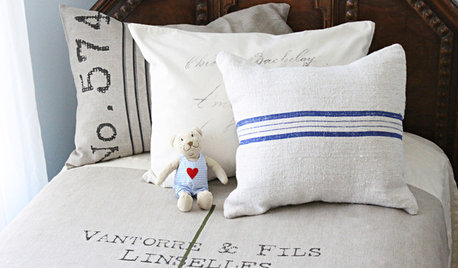
DECORATING GUIDESUtility Fabrics That Go the DIY Distance
Durable, easy to find and inexpensive, these utility fabrics can bring surprisingly high-end results to your everyday DIY projects
Full Story
SELLING YOUR HOUSE5 Savvy Fixes to Help Your Home Sell
Get the maximum return on your spruce-up dollars by putting your money in the areas buyers care most about
Full Story
SELLING YOUR HOUSEHelp for Selling Your Home Faster — and Maybe for More
Prep your home properly before you put it on the market. Learn what tasks are worth the money and the best pros for the jobs
Full Story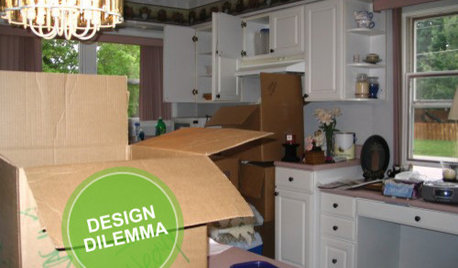
KITCHEN DESIGNDesign Dilemma: My Kitchen Needs Help!
See how you can update a kitchen with new countertops, light fixtures, paint and hardware
Full Story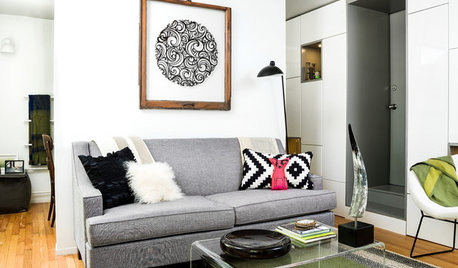
DECORATING GUIDESBudget Decorator: How to Save When You Don’t DIY
You don’t have to be crafty to decorate your home inexpensively. Here are other ways to stretch your design dollars
Full Story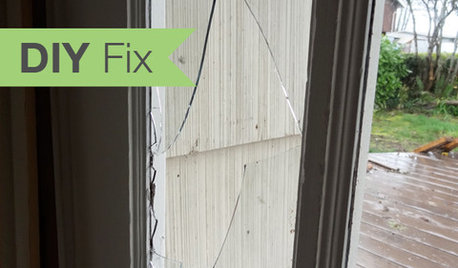
HOUSEKEEPINGDIY Fix: How to Repair a Broken Glass Door Pane
Don't let broken glass shatter your self-esteem. You can fix it more easily and more inexpensively than you might realize
Full Story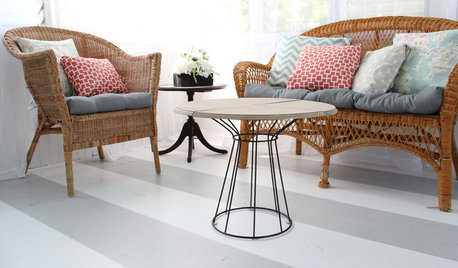
DECORATING PROJECTSDIY: How to Paint Stripes on Your Floor
Paint brings a dreary porch floor to life in New England — watch the process unfold and get tips and ideas for your own floors
Full Story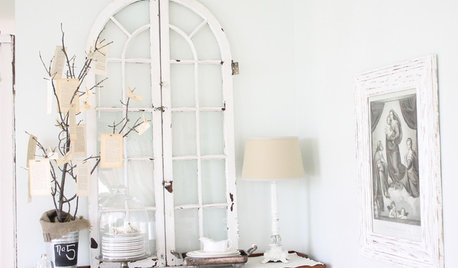
DECORATING GUIDESUncover Your Junk's Hidden Decorating Potential — Scads of DIY Ideas
Release your typewriter's inner planter or a drum set's coffee table. These creative ideas will have you seeing the possibilities
Full Story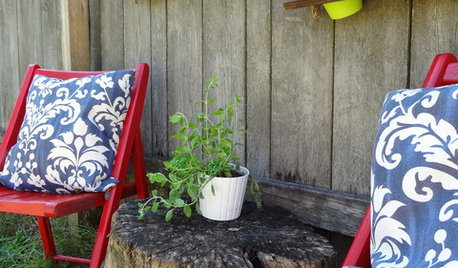
GARDENING GUIDESDIY: How to Make Backyard Hanging Shelves
Give your backyard fence a boost with these easy, colorful hanging shelves
Full Story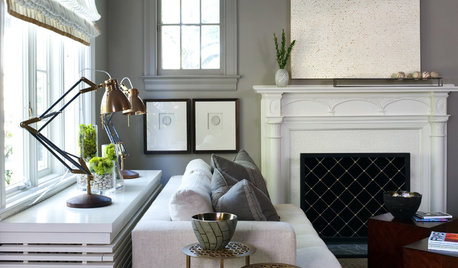
DECORATING GUIDESRadiator Covers Like You’ve Never Seen
From custom to DIY, these 10 ideas will help the radiator blend in, become a storage standout or both
Full Story





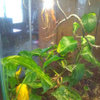
garyfla_gw
Jim_Michaels
Related Professionals
Antelope Fence Contractors · Chatsworth Fence Contractors · Hinsdale Fence Contractors · North Miami Beach Fence Contractors · Sandy Springs Fence Contractors · Simi Valley Fence Contractors · Whittier Fence Contractors · Fort Myers Window Contractors · Decatur Window Contractors · Santa Cruz Window Contractors · Pooler General Contractors · Binghamton General Contractors · Florham Park General Contractors · Nampa General Contractors · Stoughton General ContractorsCdfortin
sahoyaref
Cdfortin
sdpegasus
garyfla_gw
sahoyaref
sdpegasus
sdpegasus
sahoyaref
sdpegasus
sahoyaref
homer_zn5
sahoyaref
homer_zn5
beaners
sahoyaref
macropora
drecion